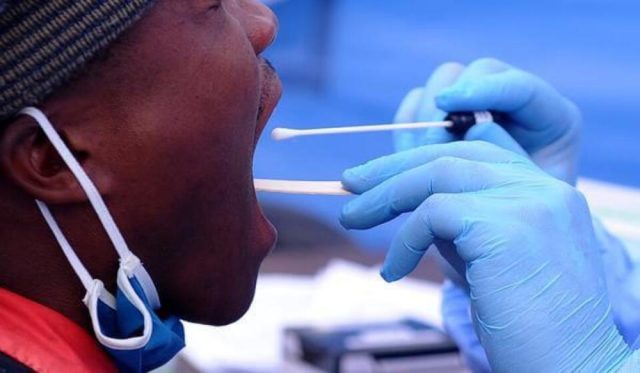Several guidelines need to be followed before a country could be comfortable with easing a lockdown.
Johannesburg – The World Health Organization (WHO) says several guidelines need to be followed before a country could be comfortable with easing a lockdown, but South Africa has not met some these criteria Health Minister Dr Zweli Mkhize says.
Mkhize explained that even though the country had not met some of the WHO’s criteria the country had taken into consideration several things, including socio-economic issues, to decide on whether to lift the lockdown.
He said projections and scientific advice had shown that a hard lockdown would no longer produce the desired outcomes.
The six criteria released by the WHO includes:
–
Transmission is controlled (SA is still seeing a rise in cases with 17 200 reported on May 19)
–
Health systems capacities are in place to test, isolate, and treat every case and every contact (Screening has increased in the country with over 10 million have been screened for the virus. Testing is over 348 000.)
–
Outbreak risks are minimised in special settings which includes areas such hospitals.
–
Prevention measures have been implemented in areas such as workspaces, schools and other areas. (The government has encouraged the use of masks, hand sanitisers and screening at workplaces).
–
Import risks have been managed (The country has mostly halted international travel and inter-provincial travel.)
–
Communities are fully educated, engaged and empowered to adjust to the new norm. (Police and local law enforcement officials have their hands full ensuring that people comply with the lockdown regulations.)
Mkhize said even though the country had not met all these measures it was a tough balancing at that government had to achieve.
He was speaking during a webinar hosted along with epidemiology experts who have drawn up models for the country’s projected rate of infections.
The short-term models show that the country could see 500 deaths by May/June. The country’s peak was expected in July/ August.
In the long term, over 1 million people will likely be infected by November and 40 000 deaths could be seen by then. The experts stressed that these were projections and would be updated as the country’s rate of infection moved along.
The number of infections in the country’s provinces had “seeded” at different rates, but in the long term, it was expected that these would level out over time.
IOL








